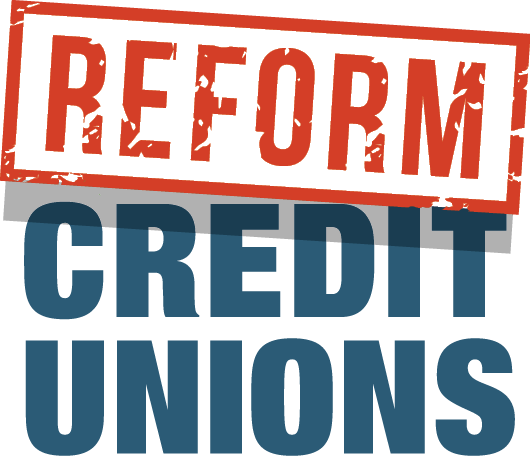A recent analysis found that mega-marketing campaigns and watered down membership rules have boosted credit union growth throughout the last two decades. Ninety years after the Federal Credit Union Act became law, the $2.3 trillion industry has expanded far beyond congressional intent. What were initially locally focused, not-for-profit cooperatives have evolved into multibillion-dollar financial institutions with nationwide reach, deploying growth strategies that run counter to their mission and structure. It is time for Congress to hold a hearing to assess the state of the credit union industry.
Historically, credit union membership was limited to those of modest means connected through some common bond, like an employer, a church, or a local neighborhood. This mission justified credit unions’ not-for-profit status and their tax exemption. Times have changed. Following the enactment of the Credit Union Membership Access Act of 1998, and subsequent changes from the National Credit Union Administration, membership restrictions effectively no longer apply.
Perhaps unsurprisingly, credit unions with more than $1 billion in assets “on average have more than doubled their potential membership pool since 2011” from about 3 million to nearly 7 million people, according to the analysis. Many of those upticks “seem to occur following key regulatory changes.” To boot, three credit unions list more than 335 million potential members—the entire population of the United States.
As legislative and regulatory proposals have relaxed credit union membership requirements, marketing campaigns have leaned in, advertising that fact to consumers and the public. Interestingly, “credit unions with over $1 billion in assets, which are not-for-profit entities that do not pay taxes, spend significantly more on marketing than similarly sized banks.” In fact, “the average credit union with over $1 billion in assets has more than tripled its marketing spending, from $1.4 million in 2011 to roughly $4.4 million in 2023.”
Although the largest credit union in the U.S. has more than quadrupled its marketing expenditures throughout the last 12 years, its CEO still manages to see plenty of room for growth: “We have 13.6 [million] members so we are a big credit union, but we could certainly grow a lot more.” With assets of $177.7 billion, it operates worldwide and is building its strategy around where it has “the right to win.”
These aren’t your grandmother’s credit unions…
As credit unions are exempt from most taxes and from the Community Reinvestment Act, one might expect them to offer better rates; however, “research examining household survey data provides evidence that the majority of the credit union tax subsidy is being diverted away from the intended beneficiaries.” For example, toward multimillion-dollar marketing budgets.
Without regular congressional oversight, some credit unions have abandoned their mission of providing financial services to people of modest means, to the detriment of their member-owners and taxpayers. Congress owes it to taxpayers to hold a hearing examining whether the community benefit credit unions provide actually justifies their tax exemption. If another twenty years pass without a hearing, what will happen to America’s credit unions? Just how large will they become, and what exactly are we subsidizing?
